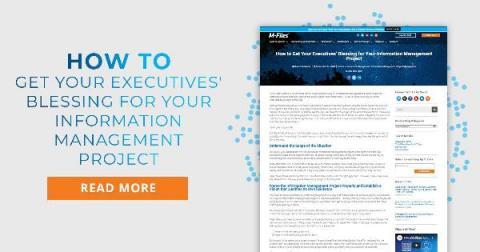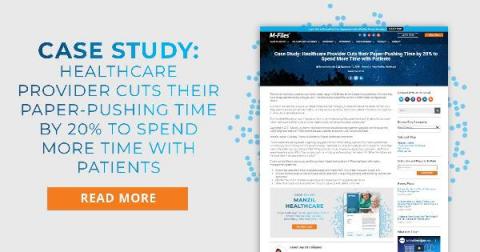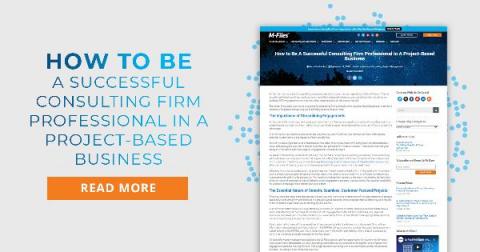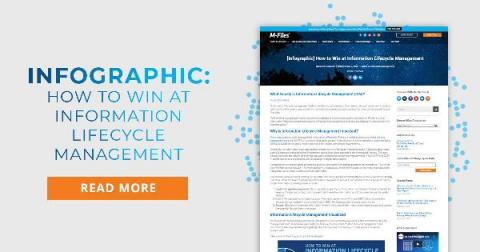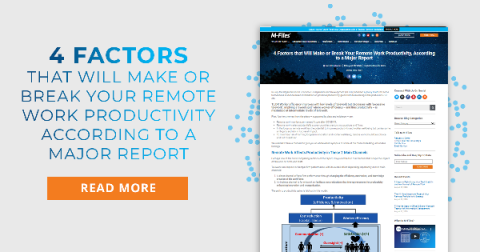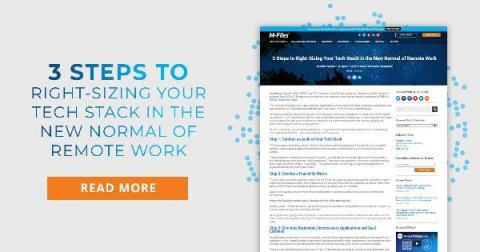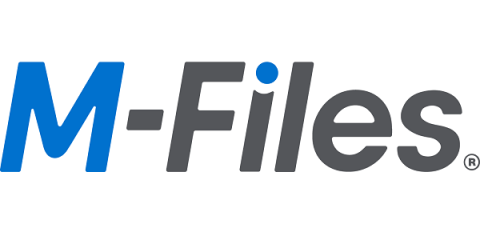Why Metadata is as Important as the Data Itself
The sheer volume of information being created on a daily basis by the average business is staggering. In fact, it’s been estimated that more data has been created in the last two years alone than in the entirety of human history leading up to that point.



